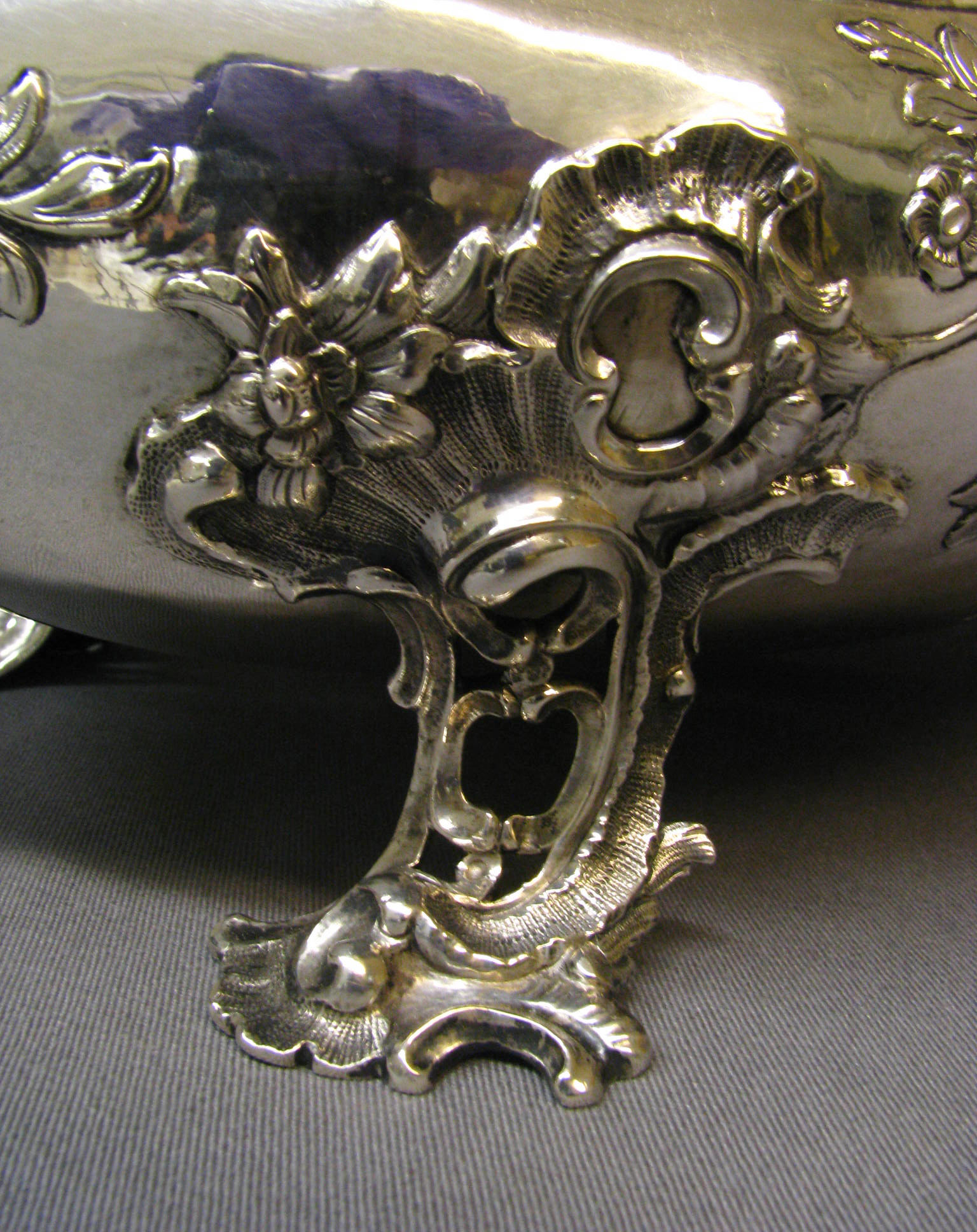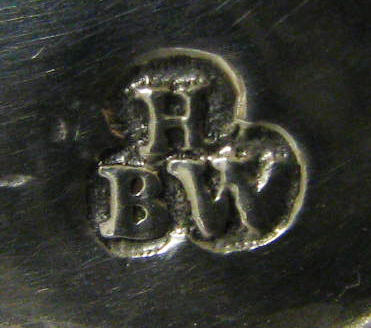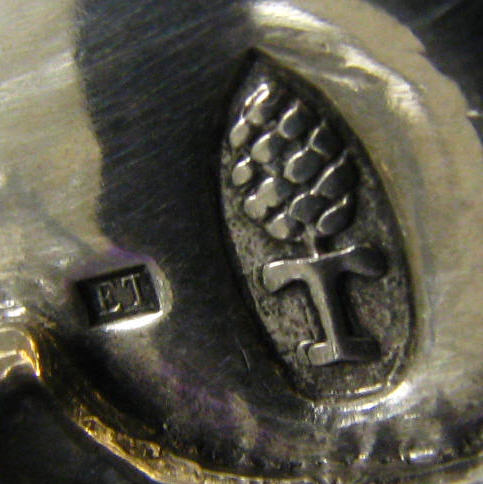Tureen and stand
Goldsmith Bernhard Heinrich Weyhe German
Not on view
A précis of how the precious metal silver could be transformed into a superior work of art by an artistic and imaginative mind, this tureen is a product of eighteenth-century Augsburg, undisputedly the foremost center of gold- and silversmithing in central Europe at the time. The sophisticated play of textures, daring juxtaposition of plain and lightcatching areas with detailed Rococo decoration, and whimsical sculptural elements reflect the commanding originality of the Augsburg artisans, particularly Bernhard Heinrich Weyhe, the maker of this piece and the leading Augsburg master. The touch of exotic chinoiserie in the pagoda-shaped outline of the tureen’s lid, so en vogue at the time, exemplifies Weyhe’s contributions to the Rococo style, which helped to define its interpretation in southern Germany. His creations are also famous for their highly sculptural finials. On this one, an elegant young woman in hunting costume holds a hooded falcon as a fox howls in the background. Falconry was one of the rare hunting sports that feudal ladies were allowed to participate in. The fox may allude to the contents of the game stew that would have been served in the tureen at hunting banquets, which at the time were lavish court rituals.
Due to rights restrictions, this image cannot be enlarged, viewed at full screen, or downloaded.
This artwork is meant to be viewed from right to left. Scroll left to view more.






